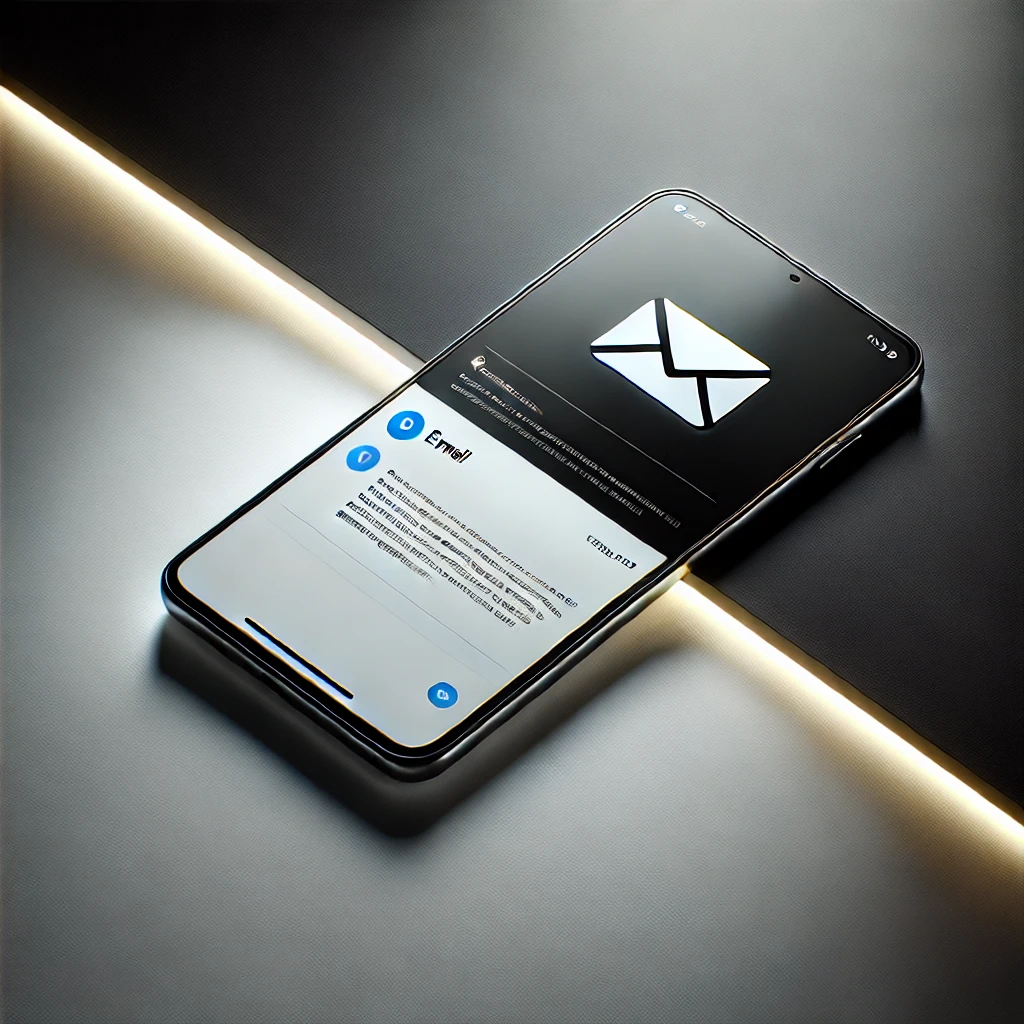The rise of the Better Ads Standards, Chrome’s looming ad blocker and overall consumer dissatisfaction with the invasive ads disrupting their virtual browsing experience raises an important question:
Why are brands struggling to build memorable, compelling digital creative for their digital advertising efforts?
It helps to look at what forms the backbone of effective advertising: quality creative.
Remember that creative advertising is effective advertising
It may be the very power and potential of cyberspace that’s hamstringing advertisers. TV and print have always required big investments into seemingly permanent (or at least, semi-permanent) messages.
Compared to those mediums, digital feels safe…anonymous. Like anything is possible. The flexible, scalable solutions and seeming ease to pivot make the whole medium feel transitional. Impermanent.
Digital advertising is the Etch a Sketch of our age, with a fresh start just a quick shake away.
The result? Advertisers – and even the agencies and publishers that serve them – fall prey to the idea that digital’s flexibility is license to adopt the ubiquitous start-up culture mindset of ‘fail fast and fail often.’ If that last digital ad campaign didn’t quite work, there’s another one chugging down the pipeline.
Unfortunately, the abundance of choice and speed to iterate has decreased the quality of the digital ad experiences being built.
So, how can responsible, forward-thinking brands combat the ‘disposable display ad’ syndrome that’s sweeping the digital landscape?
Always aim to improve the consumer’s online experience
Aside from growing industry efforts to curtail or outright block annoying, low-quality ads, your target audience deserves a seamless online experience. Not only do they directly impact your bottom line, it’s just good manners (and good karma) to treat your current and prospective customers well.
A few tips to keep your viewer’s happy:
- Digital ads should feel native to whatever content or platform your users are perusing. Ads should never be disruptive, intrusive or irrelevant.
- Aim to delight your viewer with humor, emotion, high quality visuals and relevant messaging or offers that speak to their needs.
- Speak your audience’s language – avoid jargon, legalese or overly stiff copy. Use buzzwords with caution. Include them when and where relevant, but don’t lean too hard on them.
- Best practices dictate including a logo on every frame but that isn’t always feasible or supportive of campaign messaging. Choose a design scheme that complements your creative concept.
Building a better online experience often starts with taking a step back and removing your marketer hat. Trade thinking about optimizing and A/B testing for a simple question: what does my audience want?
Encourage collaboration from the start
One of the fastest ways to erode the efficacy of an ad? Bring in different teams at different points of the approval process.
While this may sound like an issue that only plagues large, bureaucratic brands, it’s not limited to large companies. Even boutique brands, agencies and publishers suffer from looping in new ‘decision makers’ long after the initial brainstorming session or discovery call with the digital production vendor.
This delayed introduction of decision makers (aka the ‘Surprise!’ method of review, as in ‘Surprise – we’re bringing someone new in and they’re going to start from Step 1 on both strategy and creative!’) is usually done in the name of efficiency. Why bring a decision maker in at the beginning when all they want to see is the finished product?
Realize that mid-course shifts in creative direction can add up, in both time and money. For decision makers who still want to come in, mid-process, explain that new insights and creative direction can delay campaign launches, while diluting the messaging and creative.
You get what you give
Digital advertising, while powerful, isn’t omnipotent. You’re competing with thousands of other brands, channels, platforms and distractions for a consumer’s time and attention.
Don’t show up with a half-baked idea and even less baked assets.
If you have a product, but no usable assets – think professionally shot, high resolution photos or video footage – you’re putting your brand at a disadvantage. Digital ads are some of the most up-close-and-personal ad experiences out there. And we’re living in an increasingly visual world, where consumers expect to be delighted by design elements. Quality photo and video assets are a must for any product-centered company.
Promoting a service? You need a library of carefully curated, on-brand images. Too many brands use stock photos without rhyme or reason, and the result is a lack of cohesion and consistency across their marketing messages and channels. Take the time to build a theme (or themes) for each of your offerings and your overall messaging. Then find the images that align with those. When it comes time to develop digital campaigns, you’ll be ready.
Programmatic is the messenger, not the message
We get it – programmatic has been one of the most industry-defining technologies to emerge from the past decade. And the fast-paced, ruthlessly competitive nature of it means that every minute a campaign is delayed is a potentially game-changing minute.
The problem: too many marketers are letting programmatic drive their campaigns, developing creative as an afterthought. All that matters is reaching the customer, right?
But programmatic is just the delivery vehicle and the roadway. It’s not enough to reach a consumer, dangling any type of ad in front of them, convinced that the exposure is all that matters.
That’s why it’s important to develop equally compelling cargo, or messaging, for your programmatic ‘delivery vehicle.’
Campaigns that assign equal weight to creative are more likely to engage their target audience when they do land in front of them.
Don’t reinvent the wheel
Developing good creative doesn’t mean you need to start from scratch with every campaign. Keep track of what worked in your last campaign and don’t be afraid to iterate from that. When it doubt, look to the success of other mono-message campaigns.
Case in point: GEICO. The insurance giant is known for running multiple campaigns simultaneously – think the GEICO gecko, cavemen, hump day camel and ‘there’s an easier way to save’ deadpan – each with a slightly difference message built around a core concept. GEICO’s ad frequently go viral, enjoying shares across multiple platforms, including the coveted rewind-the-DVR-to-catch-that-ad.
We’re not suggesting you ditch your metrics, data and strategy. But the reality is, most marketers see creative as an afterthought – a ‘nice to have’ that doesn’t have a measurable impact on campaign performance.
Well-targeted digitals ads with bland creative can perform. But with good quality creative, they’ll excel.









